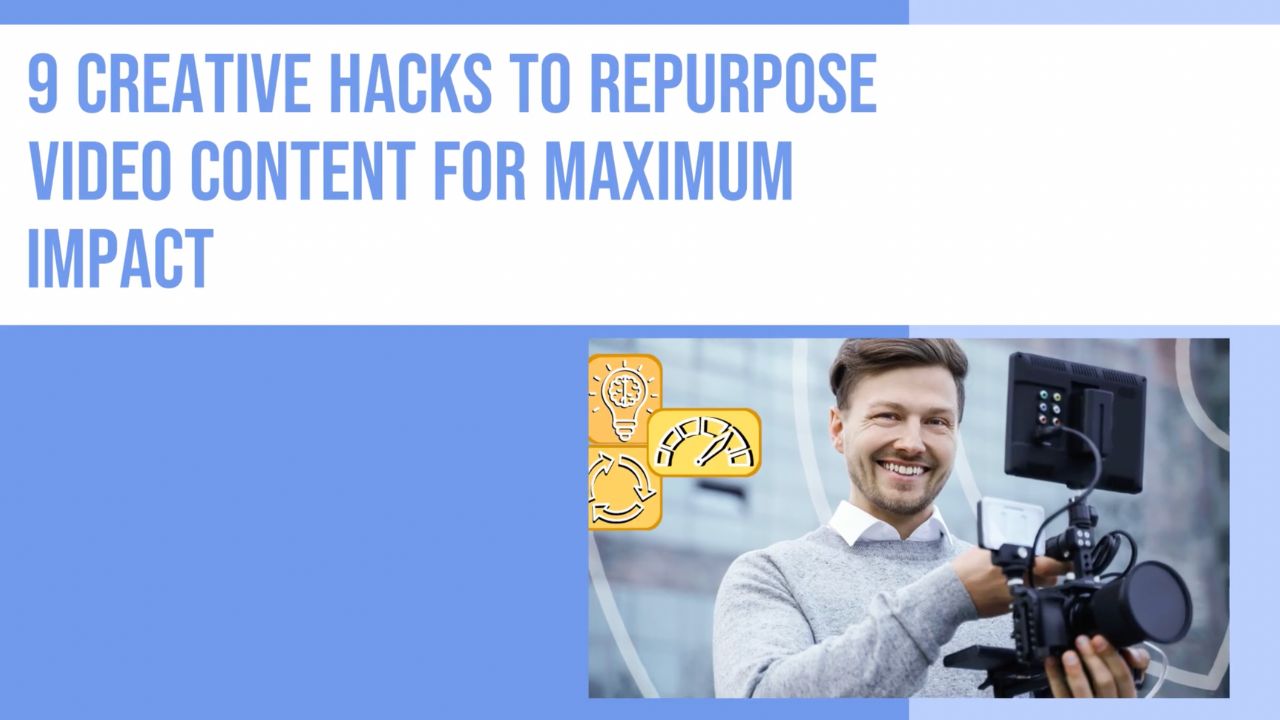It’s not just about putting words on a page or posting pretty visuals.
You're likely also juggling deadlines, brand standards, multiple platforms—and the pressure to deliver measurable results.
That’s where the right content creation tools can give you a serious edge.
In this guide, you'll discover tools that help you:
Whether you're scaling your blog output, upgrading your social media game, or fine-tuning your SEO strategy, this list will help you build a smarter, more effective content engine.
Let’s dive into the tools that can transform how your team creates—and performs...
Why Invest in Content Creation Tools?
Investing in robust content creation tools is no longer optional; it’s a strategic requirement for marketers who want to stay competitive and efficient.
Here’s how the right tools can transform your content marketing efforts:
- Time Efficiency
Streamlined creation processes mean you can produce content faster.
Tools that offer templates, drag-and-drop interfaces, and automated publishing cut down the hours spent on content production, allowing you to focus more on strategy and less on the minutiae of creation.
- Consistent Quality
High-quality content is non-negotiable in today's digital landscape.
Content creation tools ensure consistency across all your materials, whether it's maintaining brand colors, font sizes, or the overall aesthetic.
This consistency builds a professional image that can boost credibility and brand trust.
- Scalability
As your business grows, so does your need to produce more content across various channels.
Content creation tools can scale with your business, providing features that manage increased demand without sacrificing quality.
- Performance Tracking
Many content creation tools come equipped with analytics features that help you measure the effectiveness of your content.
Understanding what resonates with your audience and what doesn’t allows you to make data-driven decisions, optimizing your content for better engagement and ROI.
According to a recent survey, businesses that leverage content creation tools have seen a 65% increase in content engagement and a 47% increase in productivity.
- Enhanced Collaboration
Many tools offer collaborative features that make it easier for teams to work together on content creation.
Whether you're co-editing in real time or sharing feedback through built-in comment systems, these tools can enhance teamwork and streamline workflows.
Investing in the right content creation tools is crucial for any marketing team that values efficiency, consistency, and growth.
Remember, the goal is to work smarter, not harder, and these tools are key to achieving that. 🧠
As you explore the various options, consider your team's specific needs and the features that will most effectively address your content goals.
This strategic approach will ensure that you choose tools that not only fit your budget but also significantly boost your content marketing success.
The right content tools let you produce faster without dropping quality—freeing you to focus on strategy, not the minutiae of creation.Click To Post OnTypes of Content Creation Tools
Navigating the vast landscape of content creation tools can be overwhelming.
To simplify your journey, we've categorized these tools into four main types.
Each category serves distinct purposes in the content creation process, helping you craft compelling materials that resonate with your audience.
1. Graphic Design Tools
These tools help create visually appealing graphics, infographics, and layouts that enhance the aesthetic appeal of your content.
Ideal for social media posts, blog images, and marketing materials.
Tools like Canva, Adobe Express, and Piktochart offer user-friendly interfaces and a plethora of design templates that make professional-looking designs accessible even to non-designers.
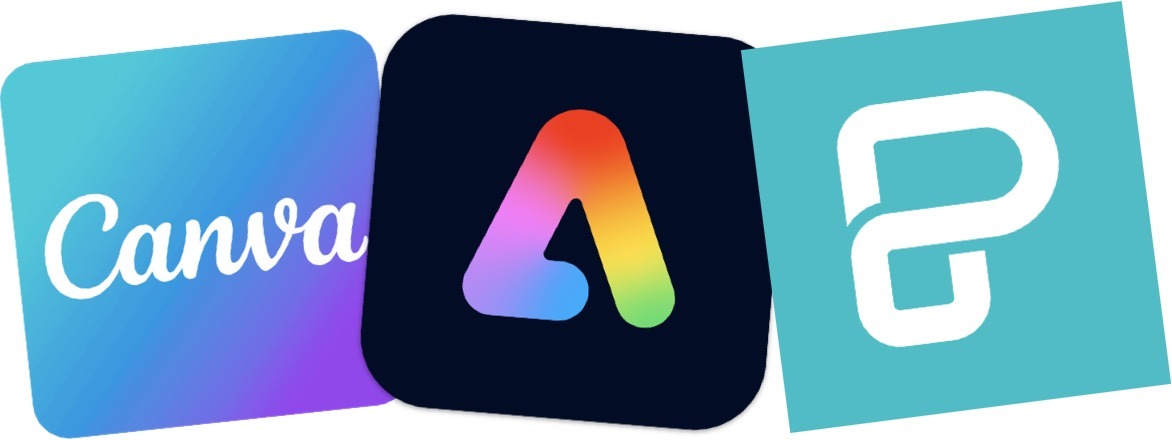
Leverage the built-in templates and customize them to fit your brand’s color scheme and typography for consistent branding across all visuals. 🎨
Graphic design tools like Canva, Adobe Express, and Piktochart make professional visuals accessible even when your team lacks deep design skills.Click To Post On2. Video Editing Software
With video content dominating digital marketing, these tools are essential for cutting, editing, adding effects, and publishing polished videos.
Adobe Premiere Pro and Final Cut Pro cater to advanced users, while Camtasia is great for beginners and intermediate users due to its simplicity and intuitive controls.
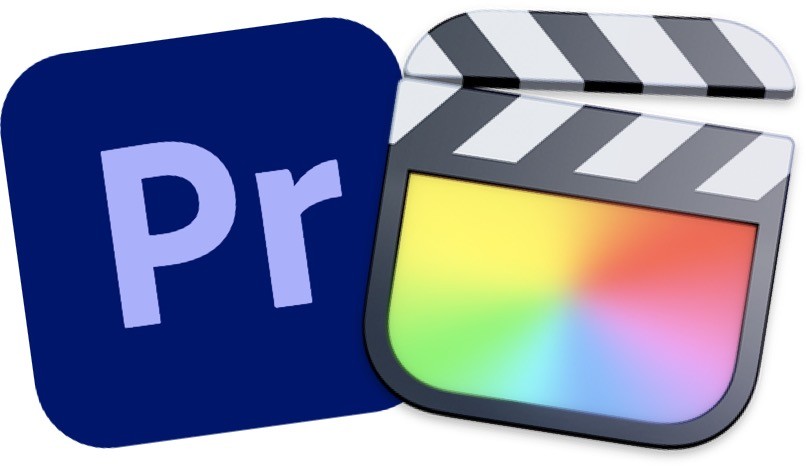
Videos are shared 1200% more times than links and text combined. Investing in a reliable video editing tool can significantly boost your content's shareability. 🎬
3. Content Management Systems (CMS)
These platforms help you organize, schedule, and publish content across various channels.
They are crucial for maintaining a consistent content calendar and streamlining publication processes.
WordPress, HubSpot, and Drupal are notable for their robust features, including SEO tools, customizable templates, and extensive plugin ecosystems.
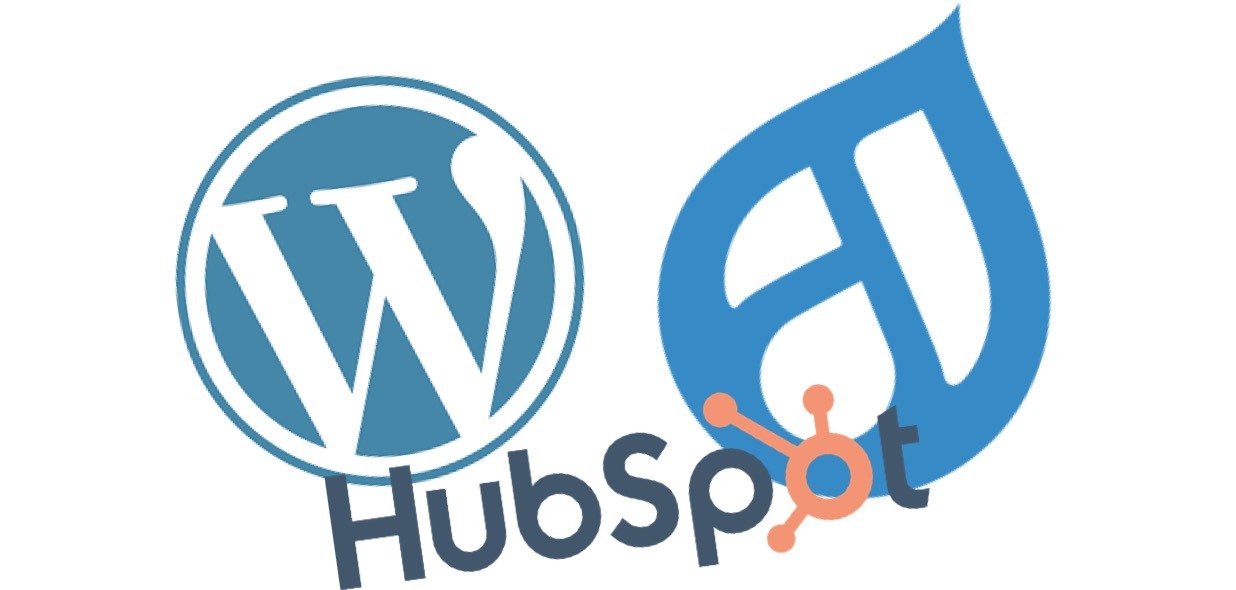
Choose a CMS that integrates seamlessly with other tools like analytics and CRM systems to streamline your marketing stack. 💡
A CMS isn’t just for publishing—it centralizes your calendar, collaboration, and brand consistency across multiple channels and authors.Click To Post On4. SEO Optimization Tools
These tools are designed to improve your content’s visibility on search engines.
They assist with keyword research, on-page optimization, and performance tracking.
SEMrush, Ahrefs, and Moz offer comprehensive features that help you stay ahead of SEO trends and ensure your content ranks well.
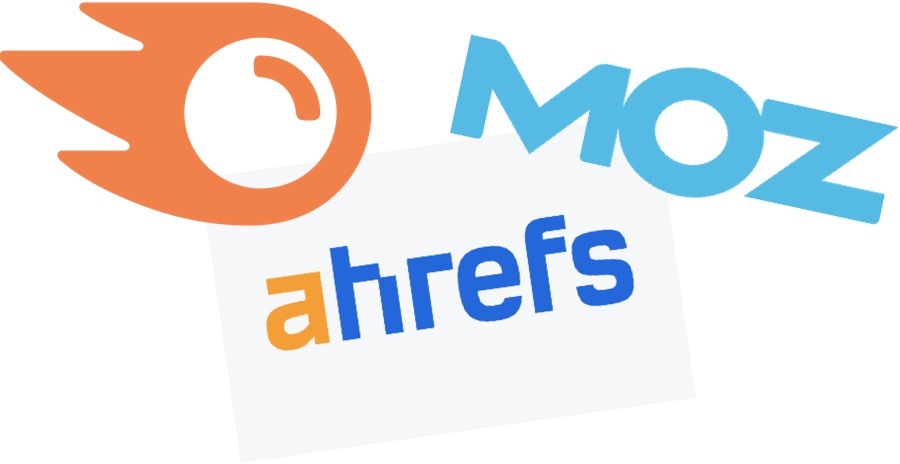
Regularly use these tools to analyze the SEO health of your content and tweak your strategies based on real-time data. 🔍
By understanding these types of tools and their specific functions, you can better equip your marketing arsenal to create diverse and engaging content that captures and retains the attention of your target audience.
Remember, the key to effective content creation is not just in the creation itself but in using the right tools to execute your vision efficiently and compellingly.
Top Graphic Design Tools
In the realm of digital marketing, compelling visuals are not just an enhancement; they're a necessity.
Whether you're creating infographics, social media graphics, or digital ads, the quality of your visuals can significantly impact engagement.
Here’s a roundup of top graphic design tools that combine ease of use with powerful features, helping you produce eye-catching designs that capture your audience's attention.
1. Canva
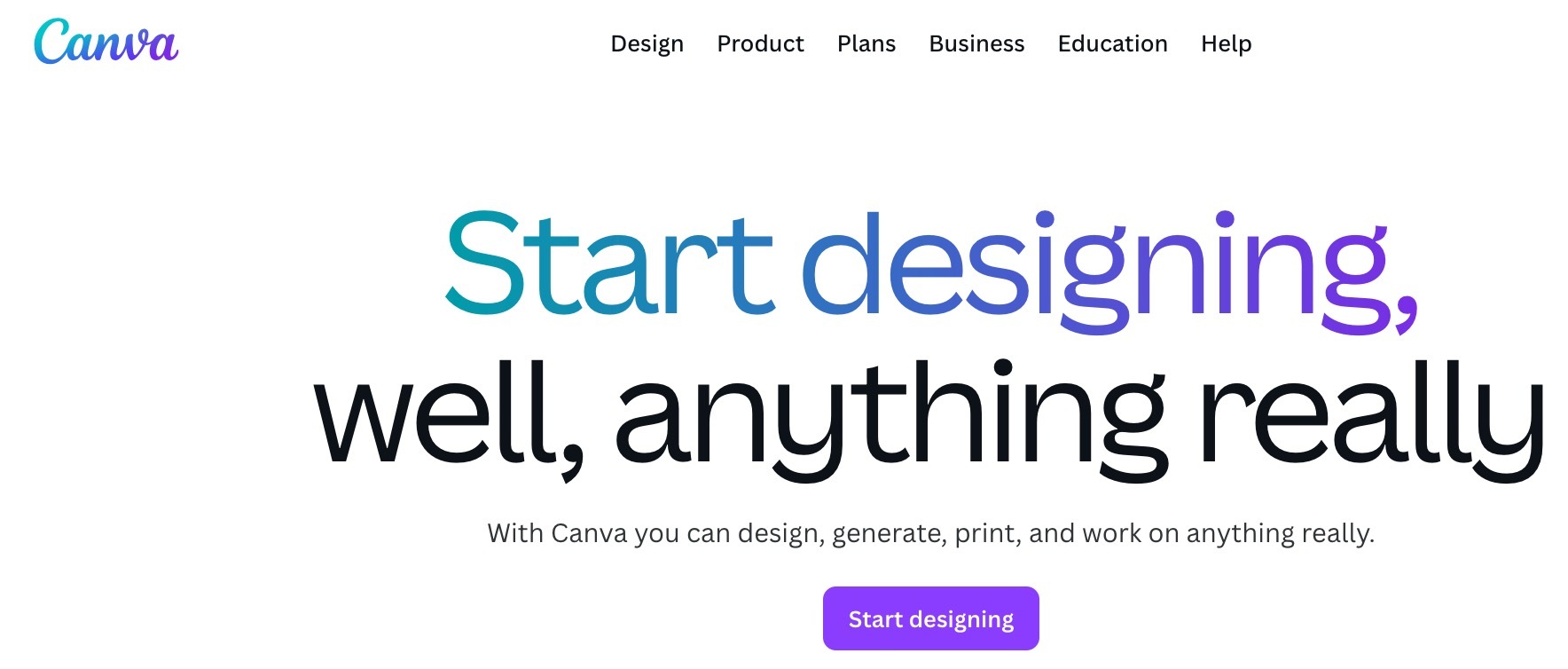
Marketers who need quick, beautiful designs but may not have in-depth graphic design skills.
Offers a vast library of templates, photos, and icons.
Canva’s drag-and-drop interface makes it incredibly user-friendly.
Free plan available; Pro version offers more advanced features and assets.
Use Canva’s brand kit feature to save your brand colors, fonts, and logos for consistent branding across all designs. 🌟
2. Adobe Express
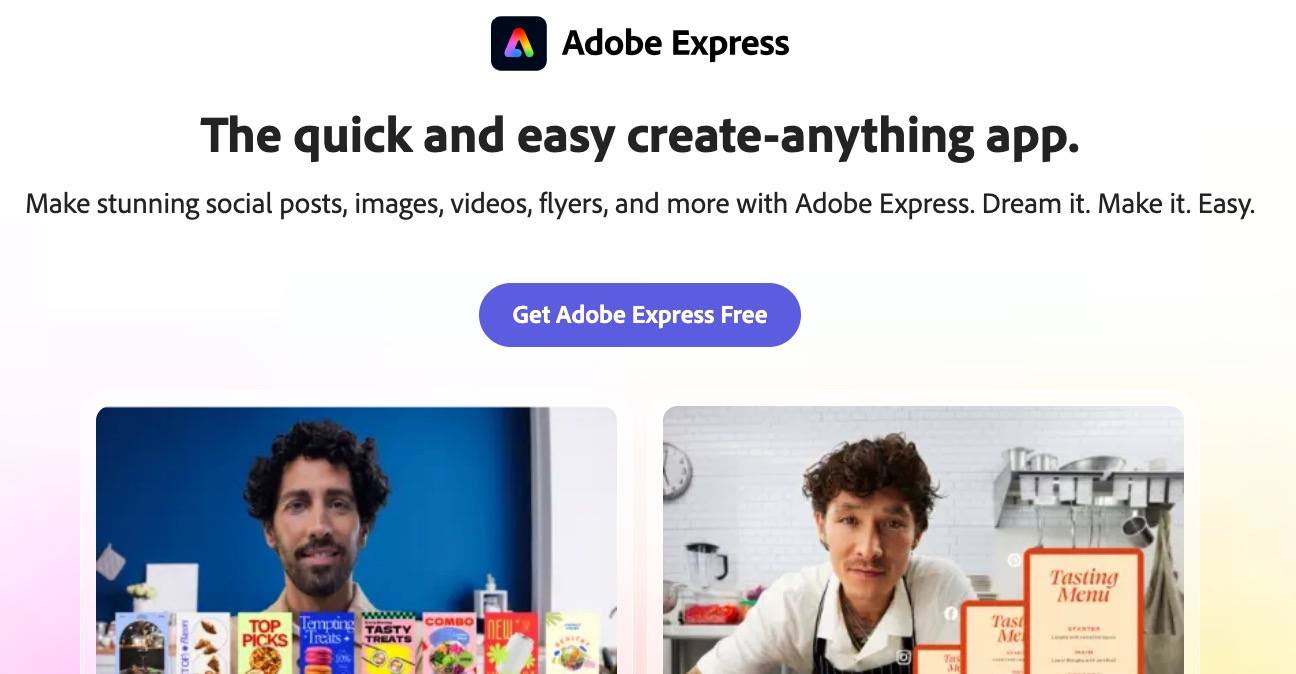
Creating social media graphics, web pages, and short videos.
Integration with other Adobe products, access to Adobe fonts, and premium templates.
Free starter plan, with premium features available via subscription.
Adobe Express is particularly effective for creating animated visuals that stand out in social media feeds. 💡
3. Piktochart
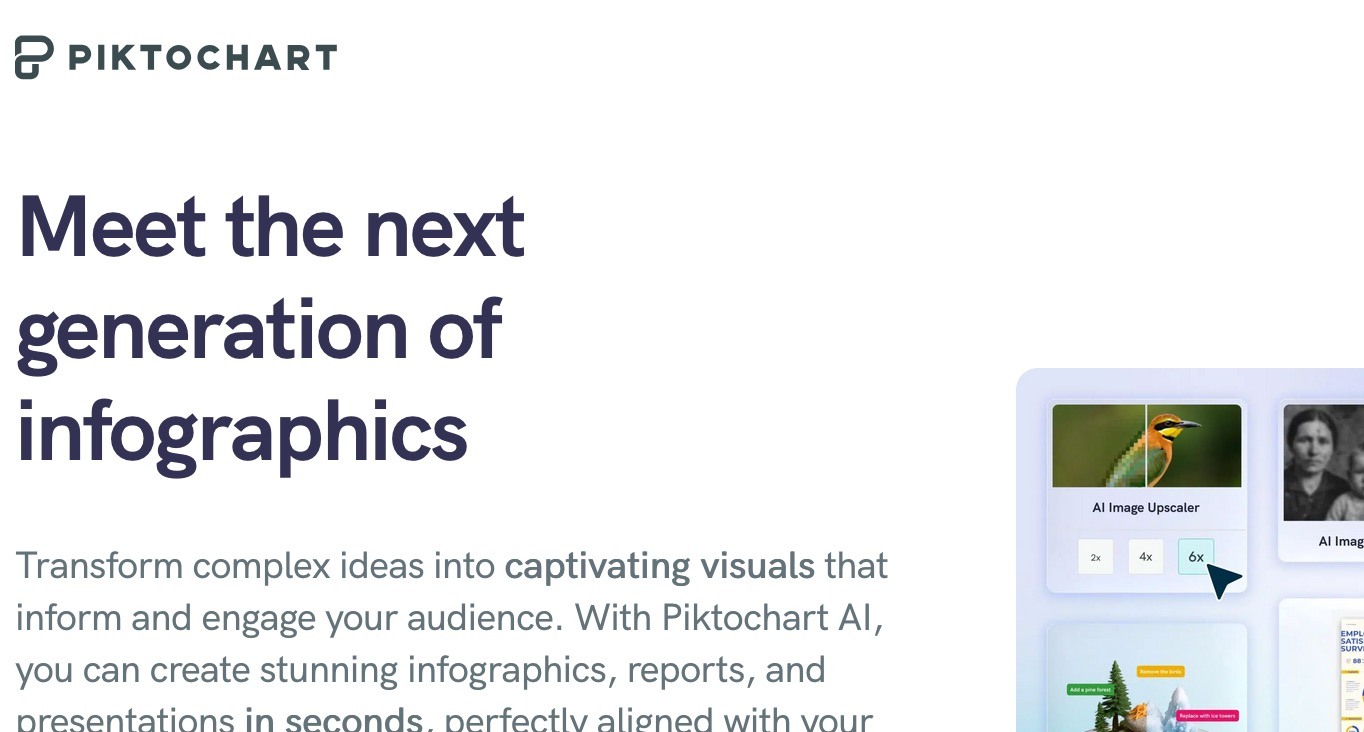
Marketers focused on creating infographics and reports.
Specializes in data-rich visualizations, offering easy-to-use infographic templates that are customizable.
Offers both free and paid versions, with the paid versions providing more templates and customization options.
Leverage Piktochart’s built-in charts and maps to turn complex data into easy-to-understand, engaging graphics. ✏
Each of these tools has its unique strengths, making them suitable for different types of graphic design needs.
When choosing the right tool, consider the specific types of visuals you typically create, the level of design complexity required, and your budget.
By integrating one or more of these graphic design tools into your content creation suite, you can significantly enhance the visual appeal of your marketing materials, making them more engaging and effective at driving viewer interaction and conversions.
Remember, in the visually saturated world of digital marketing, standout graphics are not just nice to have—they're essential for capturing and maintaining consumer attention.
Best Video Editing Software
In the dynamic world of content marketing, video stands out as a powerful medium to engage audiences and convey messages effectively.
Choosing the right video editing software is crucial for creating impactful videos that not only tell a story but also captivate and convert your audience.
Here are some of the top picks that cater to a range of skills and budgets:
1. Adobe Premiere Pro

Professional editors and marketers who need advanced editing features.
Offers a comprehensive suite of editing tools, including VR editing, automatic color matching, and integration with other Adobe apps.
Subscription-based, part of Adobe Creative Cloud.
Utilize Adobe’s Dynamic Link to seamlessly move between Premiere Pro and After Effects, enhancing your productivity and creative flow. 🎬
2. Final Cut Pro
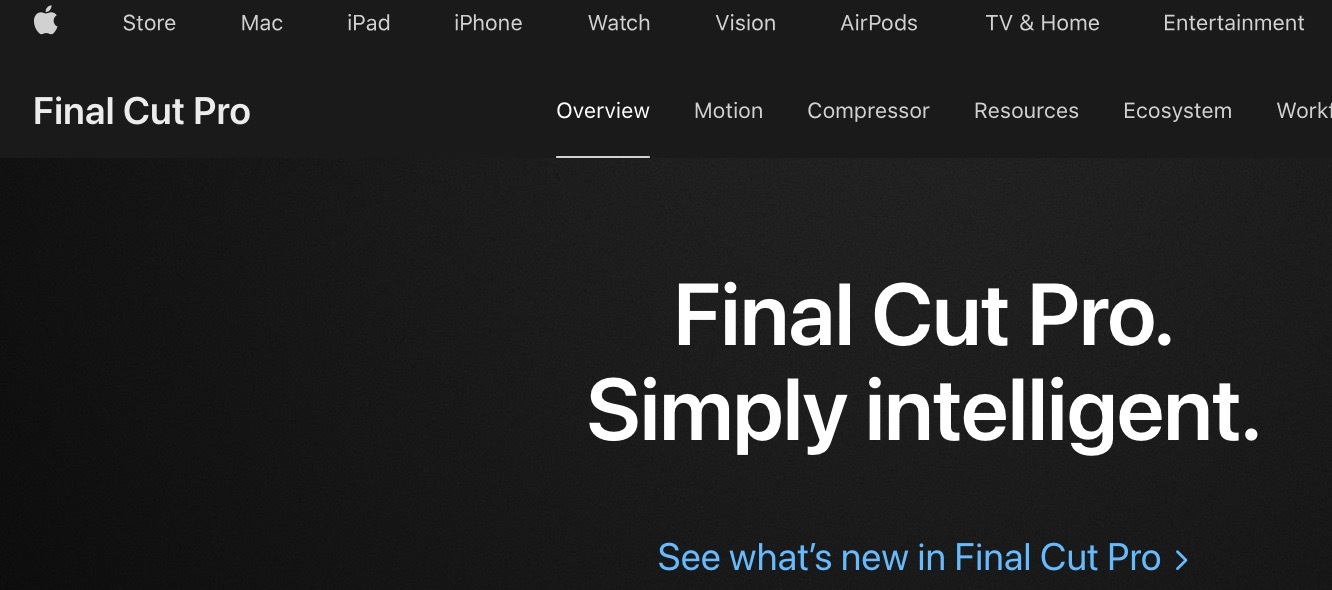
Mac users looking for powerful editing software with a one-time purchase.
Known for its high-performance editing capabilities, magnetic timeline, and multicam editing.
One-time purchase, with free updates included.
Final Cut Pro is optimized for macOS, offering exceptional speed and stability, especially on Macs with Apple Silicon chips. 🍏
3. Camtasia
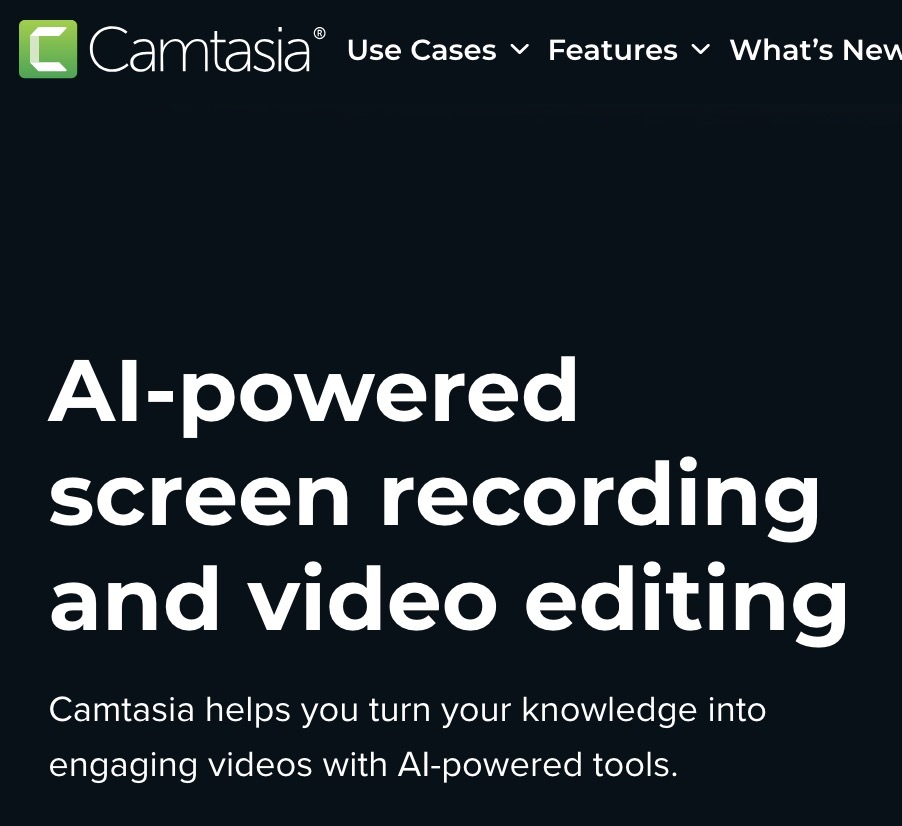
Beginners and those who need to create instructional or presentation-style videos.
Provides a straightforward, intuitive editing suite with built-in assets like royalty-free music and templates.
Also includes screen recording features.
One-time purchase, with the option for maintenance (annual fee).
Make the most of Camtasia’s extensive tutorial library to quickly master video editing techniques that enhance your educational and promotional content. 💡
4. DaVinci Resolve
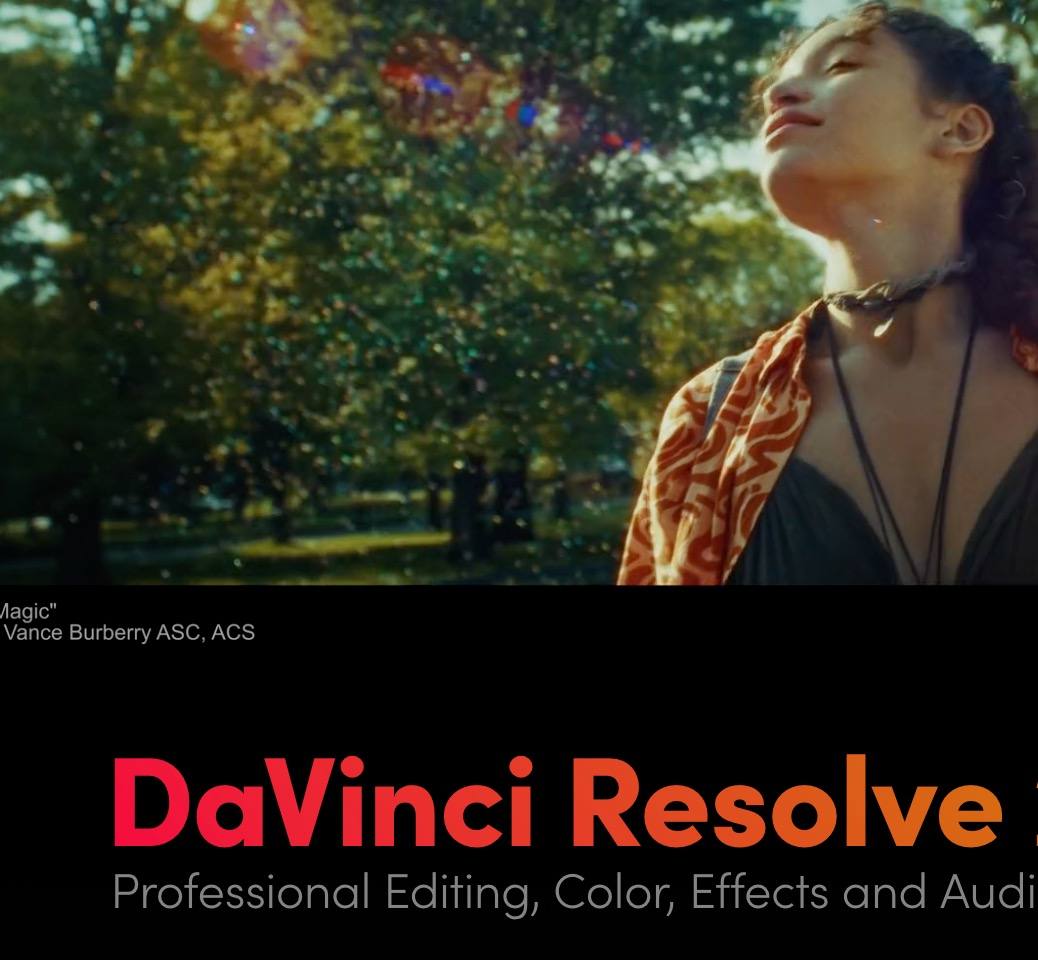
Advanced users seeking professional-grade features at no cost.
Offers robust color correction, audio post-production, and visual effects—all in one software.
Free version available; Studio version provides additional features and support.
Leverage DaVinci Resolve’s Color Match feature to standardize color grading across multiple clips, ensuring a cohesive look for your videos. 🌟
Selecting the right video editing software depends heavily on your specific needs—such as the type of videos you produce, your editing skill level, and your budget.
Each of these tools brings something unique to the table, from high-end professional features to user-friendly interfaces for beginners.
By investing in a tool that aligns with your marketing goals and team capabilities, you ensure that every video you produce not only looks professional but also aligns perfectly with your brand’s message and audience expectations.
Essential Content Management Systems
For marketers striving to streamline their content workflows, a robust Content Management System (CMS) is indispensable.
The right CMS not only simplifies the publication process but also ensures content consistency and improves collaboration among team members.
Here’s a look at some top CMS platforms that can transform your content strategy:
1. WordPress
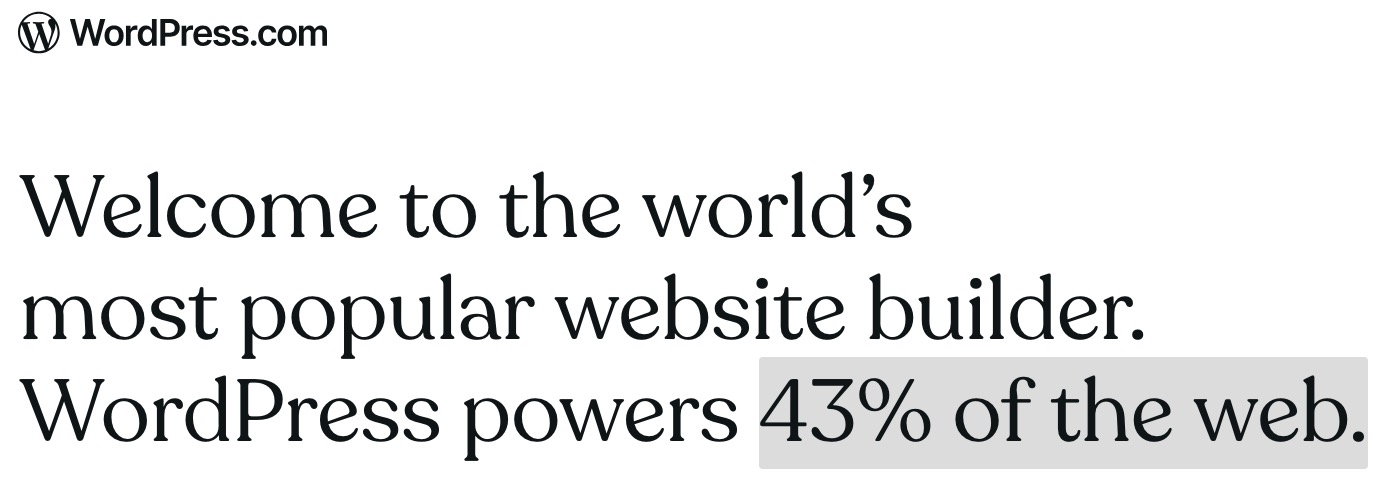
Businesses of all sizes looking for flexibility and scalability.
WordPress offers extensive customization options through themes and plugins.
It's known for its user-friendly interface and strong SEO capabilities.
Free to use with optional paid plugins and themes.
Hosting costs vary.
Leverage WordPress plugins like Yoast SEO to enhance your content's search engine visibility and readability. 🛠
2. HubSpot
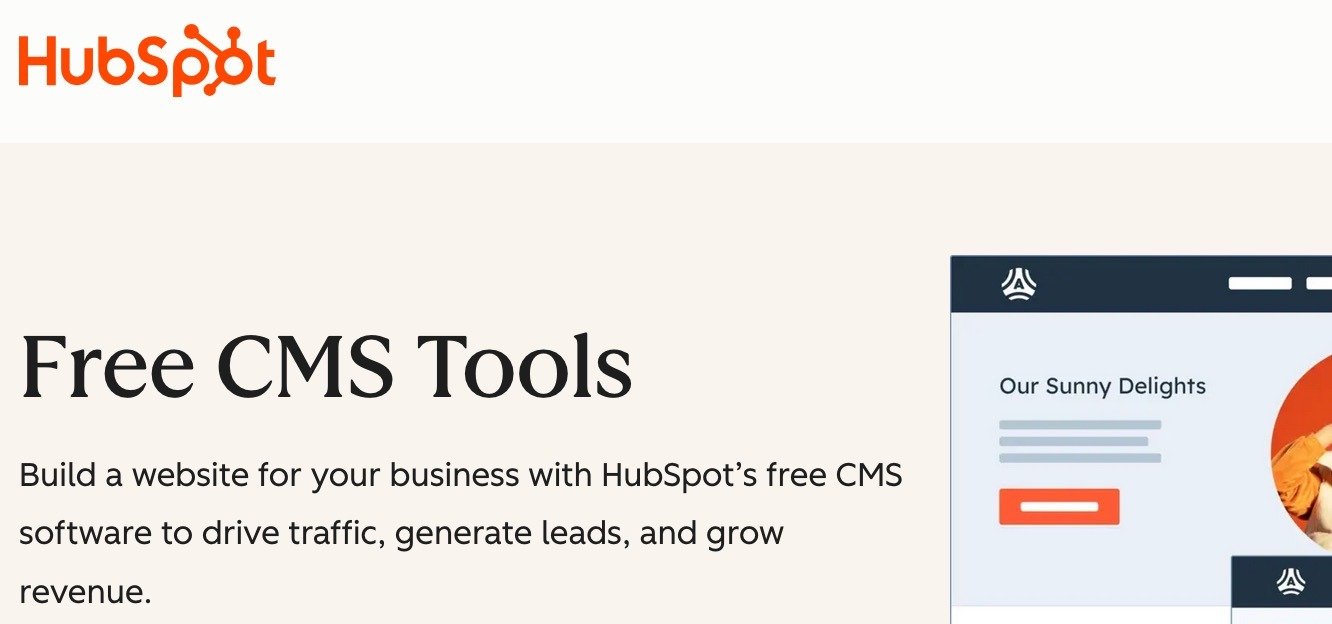
Marketers focused on inbound marketing who need integrated tools for CRM, email marketing, and content management.
HubSpot provides an all-in-one platform that includes content creation tools, automated marketing workflows, and detailed analytics.
Offers a free tier; more advanced features available in paid plans.
HubSpot’s CMS is seamlessly integrated with its marketing hub, making it easier to track the customer journey from content interaction to lead conversion.
3. Drupal
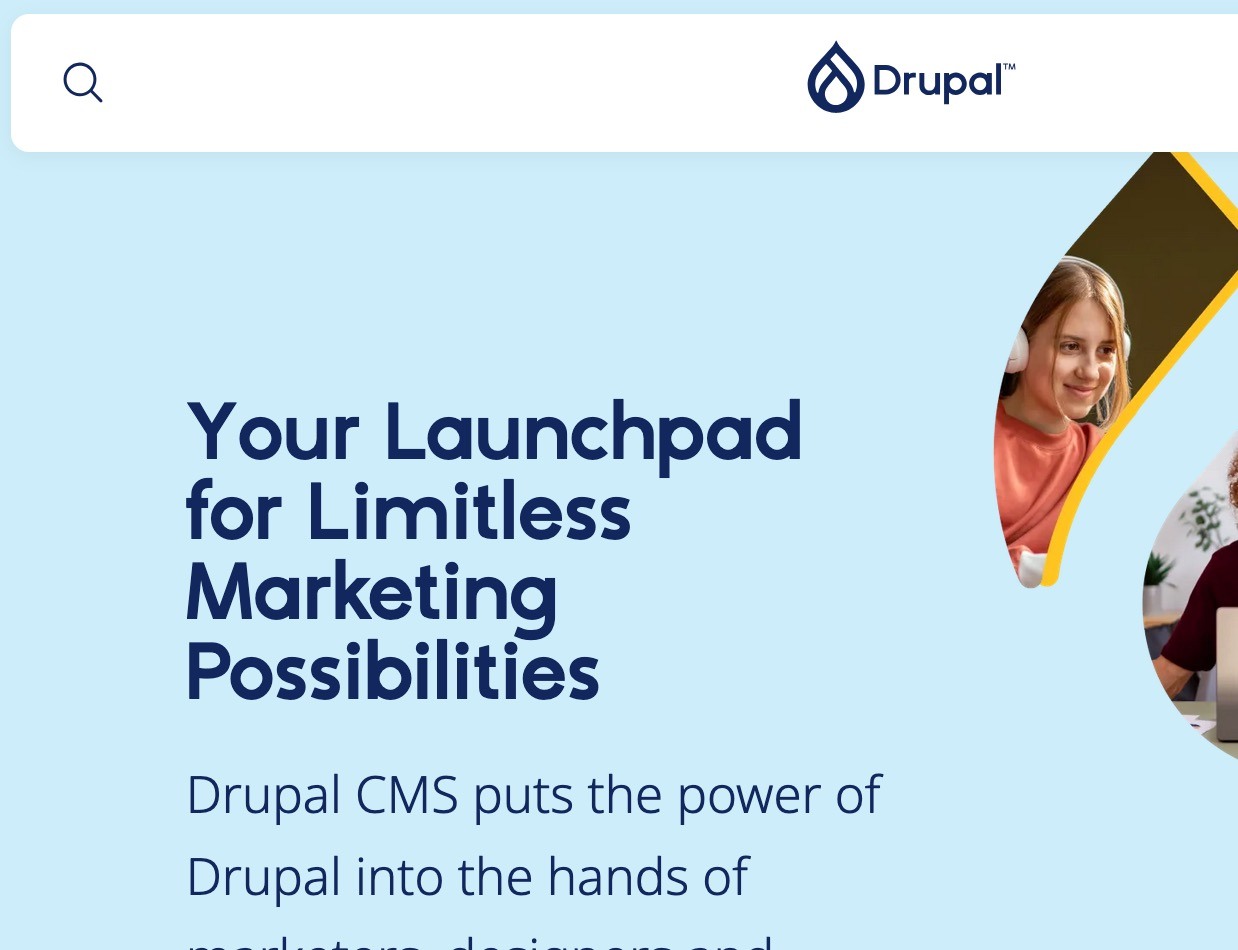
Large enterprises or websites that require complex data integration and high levels of customization.
Known for its robust security features and flexibility, Drupal is a powerful CMS for websites that need to handle large volumes of data.
Free to use, but may require investment in development and maintenance.
Utilize Drupal’s extensive API support for a fully customized content ecosystem that aligns with your specific business needs. 🌐
Choosing the right CMS depends on several factors, including the size of your team, the complexity of your content strategy, and your specific marketing goals.
Consider platforms that not only offer ease of use and efficient content management but also integrate with other tools in your marketing stack.
This integration capability ensures a smoother workflow and a more cohesive strategy, ultimately enhancing your overall marketing effectiveness.
By adopting a CMS that fits your operational style and scales with your growth, you can maintain a steady flow of quality content, ensuring that your marketing efforts yield the best possible results.
SEO Optimization Tools
Optimizing your content for search engines is a crucial step in ensuring your content reaches its intended audience.
With the right SEO tools, you can enhance your visibility, track your performance, and refine your strategies based on actionable insights.
Here are some essential SEO tools that can help elevate your content's search engine ranking:
1. SEMrush
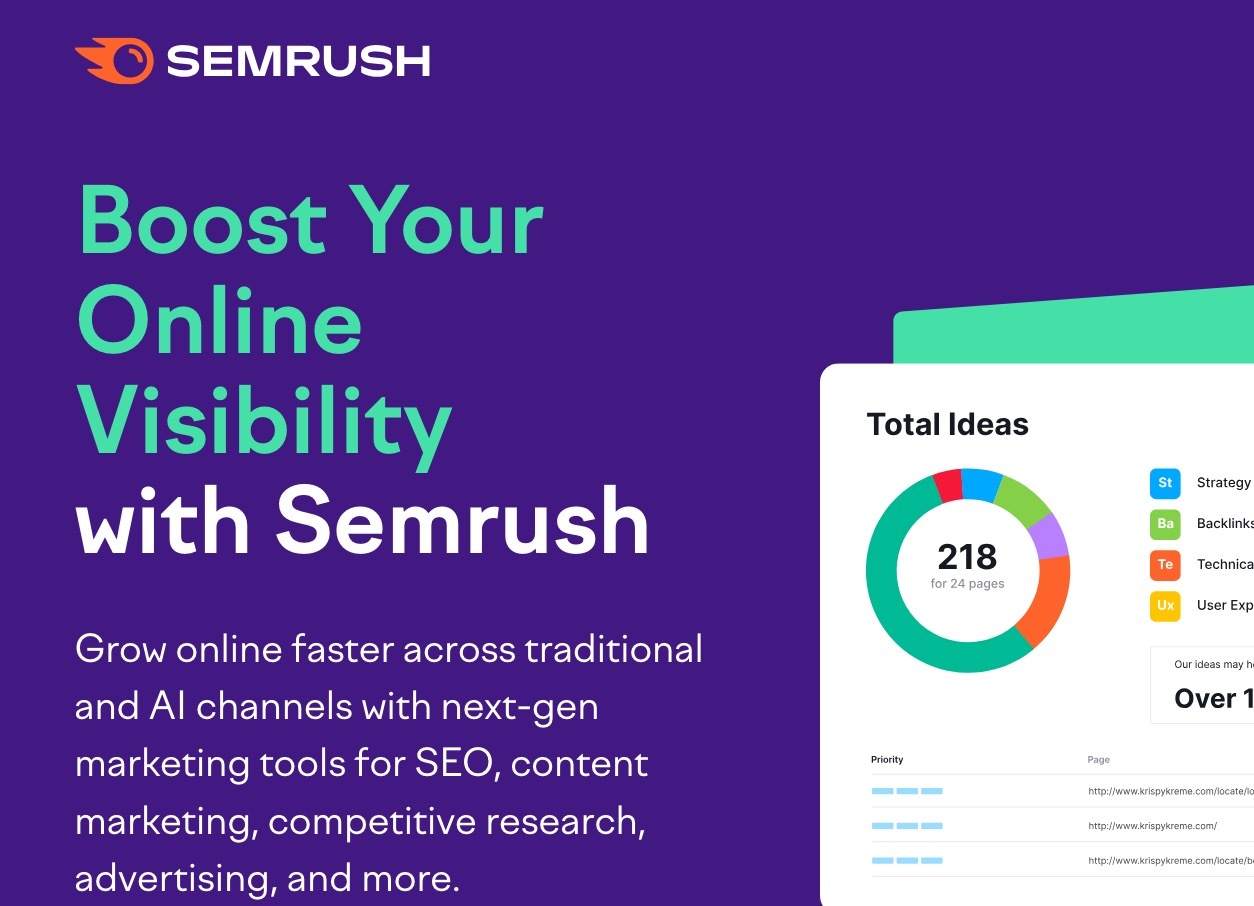
Comprehensive SEO campaigns that require detailed analytics and competitive insights.
✔️ Keyword research and tracking
✔️ Site audits for on-page SEO improvements
✔️ Competitive analysis tools.
Offers various plans, starting from a basic package to more advanced options suitable for larger teams.
Use SEMrush’s Keyword Magic Tool to find long-tail keywords that have lower competition but can drive targeted traffic to your site. 🚀
2. Ahrefs

Marketers who focus heavily on backlink analysis and content planning.
✔️ Extensive backlink database
✔️ Content gap analysis
✔️ Rank tracking and keyword research.
Starts with a trial period, followed by tiered pricing based on usage and feature access.
Ahrefs is often praised for its Site Audit feature, which can help you identify and fix common SEO issues that might be affecting your site’s performance. 🔍
3. Moz Pro
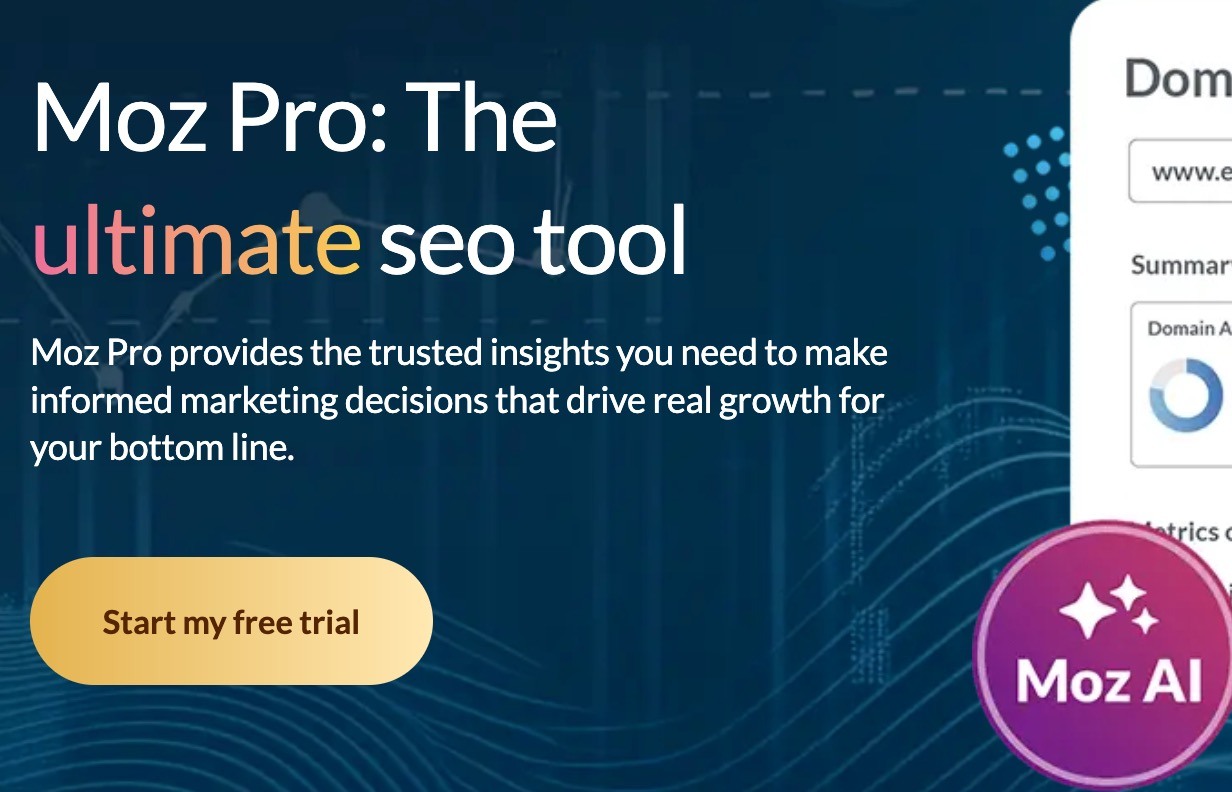
Businesses looking for an all-around SEO tool with strong support and educational resources.
✔️ On-page optimization recommendations
✔️ Keyword explorer
✔️ SEO insights and reporting.
Monthly subscriptions with different tiers based on feature access.
Take advantage of Moz's "Page Optimization Score" to quickly assess how well your content is optimized for specific keywords and receive actionable recommendations for improvement. 💡
These tools not only help in identifying the right keywords but also provide insights into your competitors’ strategies, allowing you to stay one step ahead.
Integrating these tools into your SEO strategy can significantly increase your content's visibility and engagement.
When selecting SEO tools, consider your specific needs:
- Are you more focused on keyword research, backlink analysis, or technical SEO?
Each tool has its strengths, so choose the ones that align best with your goals and budget.
Remember, the goal is not just to rank higher but to maintain an enduring presence at the top of search engine results, driving consistent, qualified traffic to your site.
Integrating Tools for a Cohesive Strategy
To maximize the impact of your content creation efforts, it's essential to ensure that the various tools you use work together harmoniously.
Integrating your content creation tools can streamline your workflows, enhance communication among team members, and maintain a consistent brand message across all platforms.
When your tools are connected via APIs or Zapier workflows, you cut manual handoffs and reduce deployment errors across platforms.Click To Post OnHere’s how to strategically integrate these tools for a cohesive content marketing strategy:
Use API integrations where possible to ensure real-time updates across platforms. This not only saves time but also reduces the risk of errors in content deployment.
According to industry research, marketers who integrate their tools report up to a 30% increase in efficiency, highlighting the critical role of tool integration in successful content marketing strategies.
By ensuring that your content creation tools are well-integrated, you not only enhance efficiency but also create a more unified and compelling brand narrative.
Remember, the goal of integration is not just to make your life easier—it's to make every piece of content work harder for you.
Frequently Asked Questions
Why should marketers invest in content creation tools?
Content creation tools enhance efficiency, ensure consistent quality, and enable scalability and performance tracking, boosting engagement and productivity.
What types of content creation tools are essential for marketers?
Essential types include graphic design tools, video editing software, content management systems (CMS), and SEO optimization tools.
How can integrating different content creation tools improve marketing strategies?
Integrating tools streamlines workflows, enhances communication, maintains brand consistency, and provides comprehensive performance analytics.
What are the benefits of using a content management system (CMS) for marketers?
A CMS simplifies scheduling and publishing content, ensures consistency, and improves collaboration among team members.
To Conclude
The right content creation tools don’t just make your job easier—they improve consistency, boost productivity, and help you deliver content that performs.
Evaluate your current stack, identify the gaps, and start integrating the tools that align with your team’s goals and workflows.
Smarter tools mean better content—and better results.







